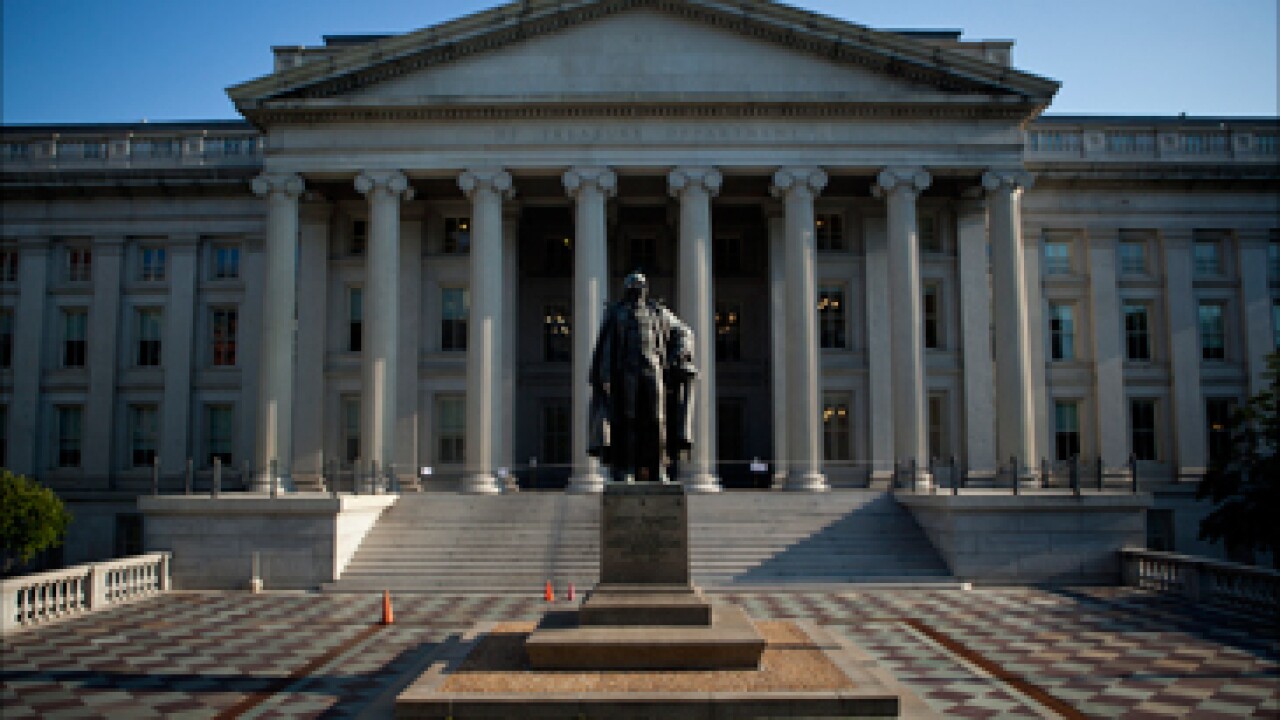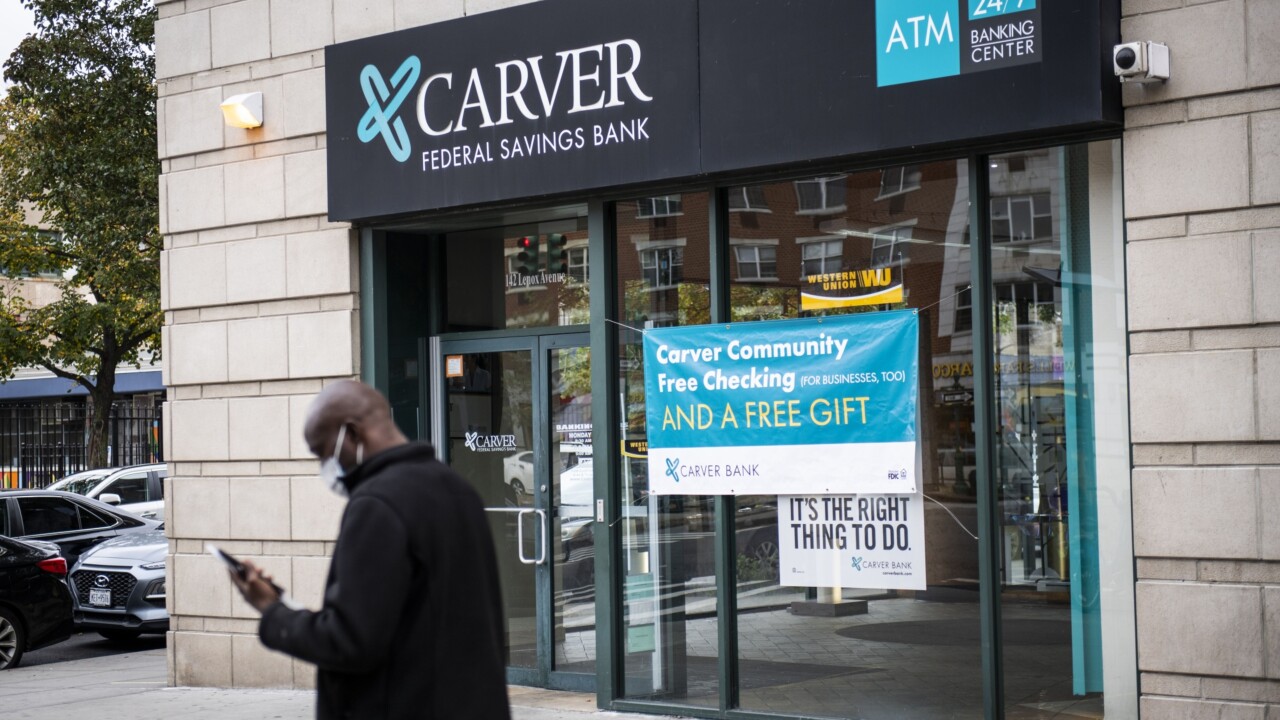Unless you have been on a remote and extended vacation, it would be difficult to overlook the squall of M&A activity which has occurred in the banking industry during the last several weeks.
First Union moves to New Jersey. Midlantic links up with PNC. First Chicago and NBD exchange vows in the perfect marriage. Who's next?
What is the near-term impact on middle-market banks? Will the latest events create opportunities or force them into a defensive posture? In essence, is it time for middle-market banks to trim the sails or change course? Let's examine the facts.
There are several distinct motivations for bank M&A activity. First, acquisitions can create significant opportunities for revenue enhancement. Consider the changes that have occurred during the last five years. To enhance profitability, and in some cases to ensure survival, banks have improved asset quality, increased capital levels, and rationalized cost structures.
In the highly competitive banking industry, however, it is insufficient to rely solely on an improvement in financial condition and efficiencies to increase profitability.
Recognizing that market share and profitability are highly correlated, banks have actively sought to achieve revenue enhancement through an increase in market penetration. Although de novo geographic expansion is an option for most institutions, this strategy typically does not yield near- term revenue enhancements. Whether one extends market presence from the Southeast to the Middle Atlantic states or from Michigan to Illinois, the fastest way to expand market share geographically is through mergers and acquisitions.
Revenue enhancement is also achieved through product diversification.
A wise bank executive once observed that many railroads failed because their managers thought that they were in the railroad business, not the transportation business. He further noted that bank executives who view their institutions as part of the banking industry and not the financial services industry are destined for a similar fate.
Most banks have recognized the necessity of product expansion and diversification to enhance revenues. The acquisition of banks and other financial institutions with strong product capabilities will often provide the most immediate and cost-effective means to this end.
The flurry of recent M&A transactions was significantly motivated by a necessity to enhance revenues. This motivation is hardly a new phenomenon for banks, however. These realities create opportunities and challenges for middle-market banks. Back to our sailor for a moment: Do the recent transactions call for a course correction or just a sail adjustment?
Before trimming your sail or even setting a new course, consider a second motivating factor for the bank M&A activity - the generally strong market for bank stocks.
With the benefit of strong earnings and the prospects for lower interest rates, bank stock prices have climbed over 25% this year. The implications for M&A activity are significant because a bank's best acquisition currency is its common stock.
It is hardly surprising to see the pace of bank M&A activity slacken when bank equities fall. Stated simply, since pooling-of-interests transactions are generally preferred, the capacity of an acquirer is materially greater if it has a strong common stock to trade.
Transactions that look appealing when an acquirer's stock traded at a price/earnings ratio of 11 times appear significantly different when the P/E falls to nine. Unfortunately, the price expectations of prospective sellers do not tend to adjust proportionately when bank equities fall. Hence, the level of M&A activity declines.
Current market conditions appear to favor a continued high level of M&A activity. However, markets are cyclical. While the stars are properly aligned today for increased merger activity, these conditions may not persist. The critical question again is whether these conditions call for middle-market banks to change course or merely alter their tactics?
Another significant motivating factor for M&A activity is transaction price levels.
Despite the current state of high fever in banking circles, the premiums being offered in today's markets are entirely consistent with historical pricing trends. In fact, over the last five years, the price/earnings ratios of bank M&A transactions have been remarkably stable.
If prospective sellers are looking for a new pricing standard to come out of the most recent transactions, they will probably be disappointed.
Whenever large banks merge or become acquired, there is a tendency to predict an opening of the floodgates for further activity. Indeed, the industry has experienced high levels of repetitive behavior among competitors. However, this trend has been continuing for an extended time.
The reality is that the number of bank M&A transactions in excess of $15 million in transaction value increased from 55 in 1991 to 121 in 1994. More important, during this same period, the median size of bank transactions decreased from $65 million to $35 million.
The clear implication is that middle-market banks have been actively, and increasingly, involved in M&A activity for several years.
Sailing in a stiff breeze is always a challenge. However, if your sails are properly trimmed and your course is well charted, the winds will allow you to arrive at your destination more quickly.
In the current market, the bank M&A winds are blowing hard. In reality this is a condition which middle-market bank executives have been experiencing for a long time. Unfortunately, there is no compact and universal answer to guide banks in their response to the current market conditions.
Whether they respond to this situation by trimming their sails or changing their bearings largely depends on the course that they have charted for their institution. Mr. Haklisch is a principal at Sandler O'Neill & Partners, New York, where he specializes in merger and acquisition advisory work.





